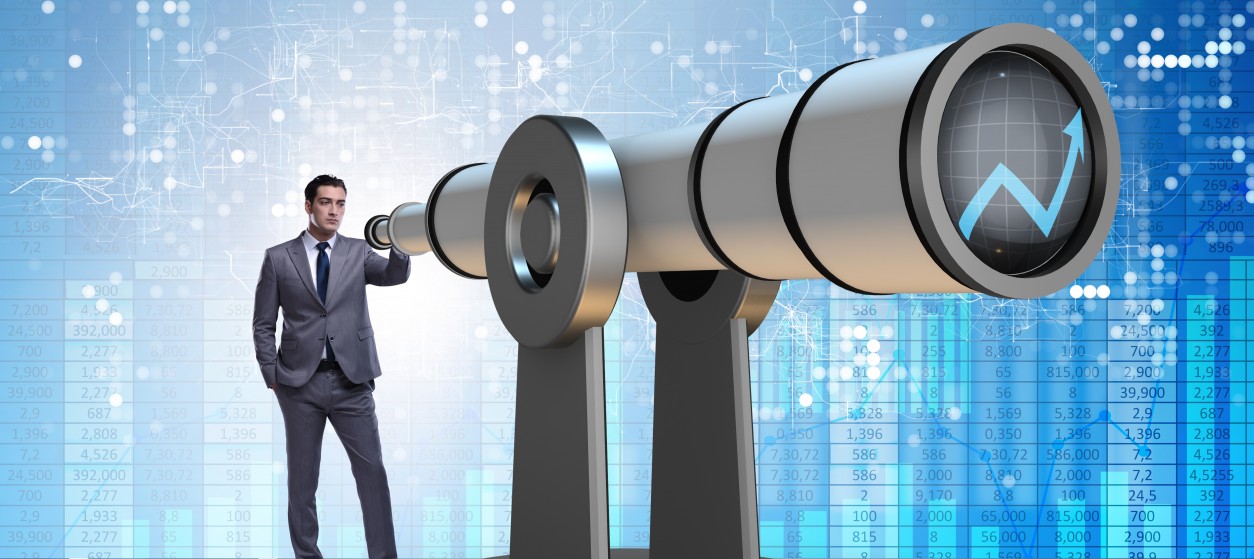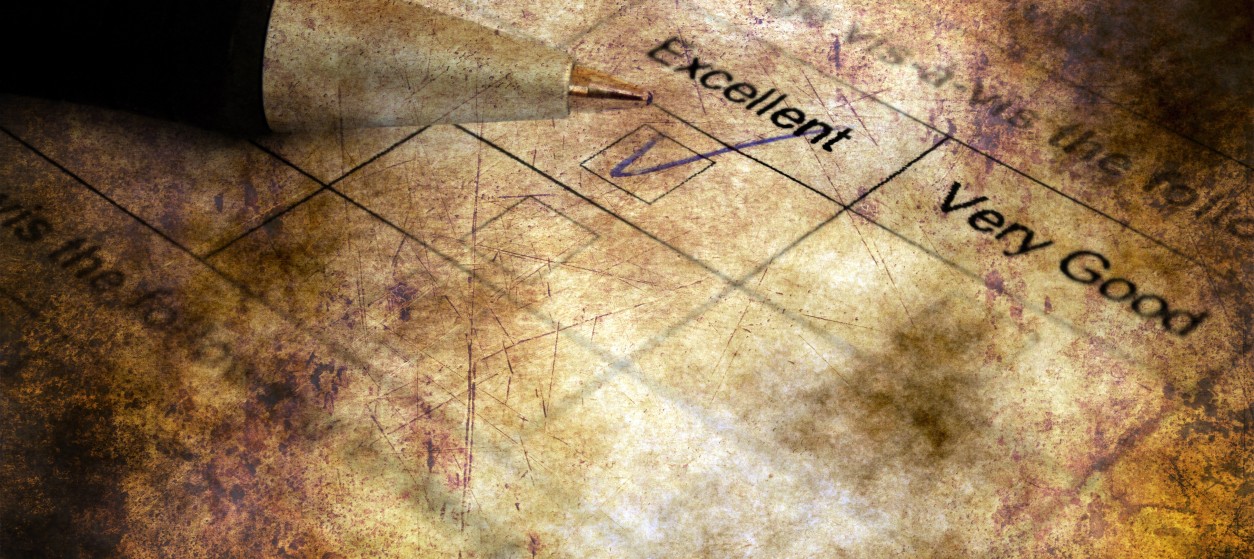Predictive data analysis is nowadays the best crystal ball enterprises have, whenever they need to shed light into the future of their operations and to optimize their decision-making. Predictive data analysis focuses on the prediction of future outcomes of business processes in areas like marketing, sales, finance, accounting, manufacturing, logistics and other industrial sectors. One of the main characteristics of predictive analytics techniques is their predictive accuracy i.e., their ability to predict future events with very high success rates.
Predictive analysis is no new technological field: For over three decades, most enterprises have been using predictive analytics as part of their data mining and business intelligence processes. Specifically, they have been implementing and deploying predictive analytics programs over enterprise databases and data warehouses, for tasks like sales forecasting and production planning. Nevertheless, during the last decade, the interest in predictive analytics has become more intense than ever before. This is mainly due to the explosion of the data volumes that are generated by modern enterprises, which boosts the accuracy and versatility of predictive analytics algorithms based on machine learning techniques. Nowadays, enterprises are provided with more data and increased computing power to process them. This empowers them to implement and deploy advanced predictive analytics based on deep learning and other forms of Artificial Intelligence (AI). Leveraging advanced models for predictive analysis over large amounts of historic datasets, organizations can reliably forecast business trends and the outcomes of business processes in ways that were hardly possible a few years before. For instance, they can forecast sales, marketing, and production trends across different timescales i.e., from short real-time time scales of few seconds to predictions about what could happen within a five-year horizon.
Predictive Analytics Technologies
Modern predictive analysis is not based on a single technology but rather on a combination of technologies that span statistics, machine learning, databases, business intelligence, data visualization and more. Some of the most popular predictive analytics software packages and predictive analytics tools are:
- Databases for Predictive Analytics: In most cases, predictive analysis problems are data-intensive i.e., they use very large volumes of data. The latter reside within an heterogeneous cohort of data management technologies, including enterprise databases, data warehouses and data lakes. Predictive analytics experts must collect, pre-process and combine data from all these systems in order to fuel predictive analytics algorithms.
- Statistics and Statistical Tools: The development of predictive models leverages elements from statistics and statistical theory. Specifically, predictive analytics applications, take into account the probabilities and statistical distributions of certain events in order to predict future outcomes. In several cases future predictions are produced following the validation of statistical assumptions using available historical data.
- Machine learning: There are many machine learning models that are designed to predict future outcomes, including for example regression algorithms that predict numerical values of a variable and various classification algorithms (e.g., logistic regression, random forests) that predict future events based on past outcomes of a given phenomenon. As already outlined, deep learning algorithms (i.e., algorithms based on neural networks with many hidden layers) have gained popularity during the last decade. This is mainly due to their superior performance when large volumes of data are available. Specifically, while traditional machine learning algorithms reach a performance plateau when trained with a certain amount of data, deep learning algorithms improve their performance as more historic data become available.
- Business Intelligence tools: Business intelligence tools enable predictive analytics companies to blend predictive models within business data and processes. They provide many utilities that retrieve, combine and analyse data from various business information systems to extract business insights. In this direction, they also provide models for business simulations and what-if analysis, while integrating statistical models and machine learning algorithms.
- Data Visualization Tools: The outcomes of predictive analysis must be visualized in ergonomic and user-friendly ways. The latter make it easy for end-users to understand future predictions and their impact of business processes and managerial decision-making. Visualization tasks can be challenging, especially in cases where large amounts of data and complex models are used. This is the reason why there are powerful tools that produce sophisticated, yet user-friendly visualizations. Such tools are integral elements of non-trivial predictive analytics applications.
Predictive Analytics Applications
Predictive analytics are used in a variety of industries and business contexts. Here are some prominent examples:
- Asset Management and Predictive Maintenance: Predictive analytics are used in many industrial sectors to power use cases in the broader area of intelligent asset management and predictive maintenance. In particular, predictive analysis enables industrial organizations to predict the remaining useful life of an asset towards deciding the best point in time for replacing or maintaining it. This leads to the best possible utilization of the asset, and to an optimal Overall Equipment Efficiency (OEE) for the enterprise.
- Energy Management: Predictive analysis is a powerful tool for energy companies as well. It allows them to forecast energy demand in different timescales towards planning production accordingly. Likewise, predictive analytics are used to determine future energy prices, as well as the impact of disruptive events (e.g., climate change, equipment failures) on energy management operations.
- Sales Forecasting: This is a classical use case for retail sector enterprises, which have hard times predicting future sales in order to plan logistics and supply chain operations. Predictive analytics leverage historical sales data and data from third-party sources (e.g., information about economic growth) to predict sales levels for different products at different time intervals.
- Financial Planning: Thanks to predictive analytics and AI, financial organizations and accounting enterprises can predict the future cash flows and financial needs of their customers. This enables them to proactively plan their customers’ finances and to help them avoid cash flow problems. Likewise, financial firms apply predictive analytics over information from capital markets to optimize the planning of their portfolios and to provide effective asset management recommendations to their customers.
- Industrial Production Forecasts: Predictive analysis empowers manufacturers to forecast how much they have to produce in order to organize their upstream supply chain operations (e.g., orders for source materials). With the advent of the fourth industrial revolution and the digitization of the supply chain, manufacturers can produce much accurate predictions than ever before.
The are hundreds of other use cases in almost every industrial sector. Furthermore, predictive analytics companies are constantly seeking new use cases and innovative ways to leverage the power of predictive analysis.
Overall, the transition to the data-driven economy is associated with rising use of predictive data analytics. In this context, modern enterprises must integrate predictive analysis in their data management and data analytics tools. Moreover, they must undertake the ever-important transformation of their business processes in ways that can take advantage of predictive analytics. Predictive analysis is here to stay, and companies must do whatever it takes to benefit the most out of it.











Muchas gracias. ?Como puedo iniciar sesion?
Muchas gracias. ?Como puedo iniciar sesion?
Muchas gracias. ?Como puedo iniciar sesion?
Muchas gracias. ?Como puedo iniciar sesion?
Muchas gracias. ?Como puedo iniciar sesion?